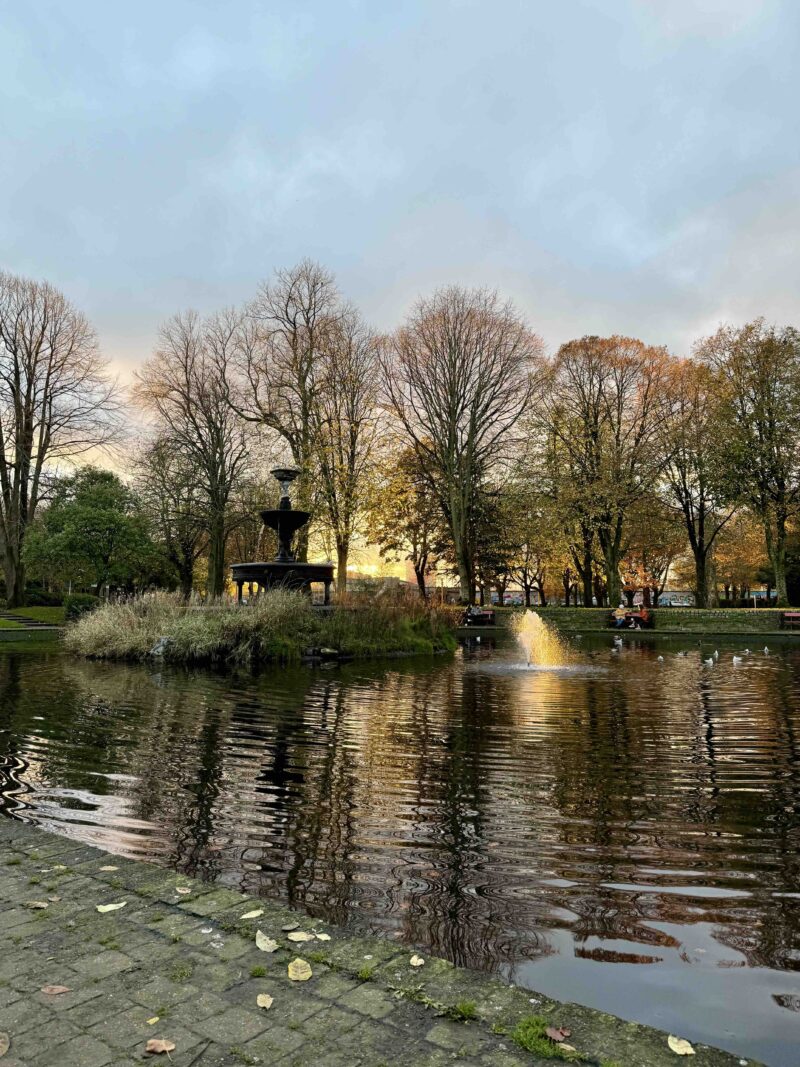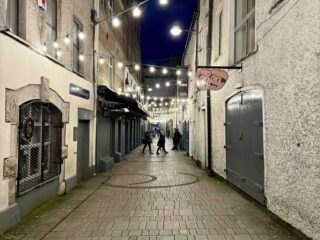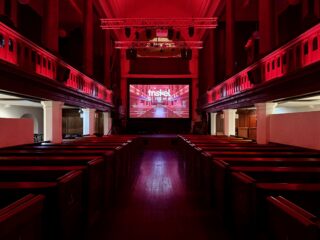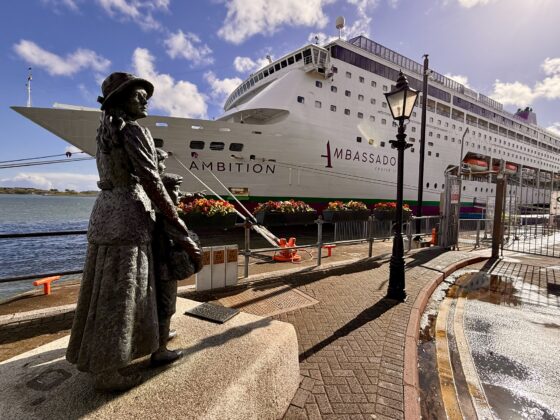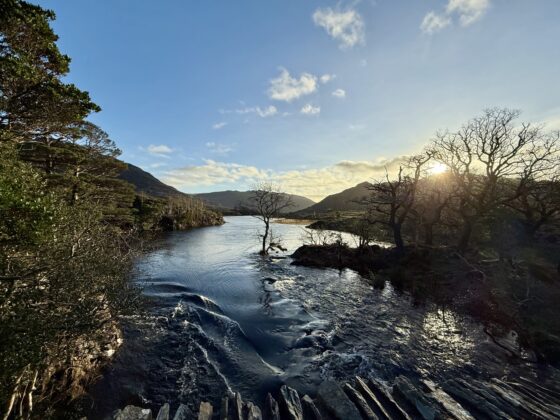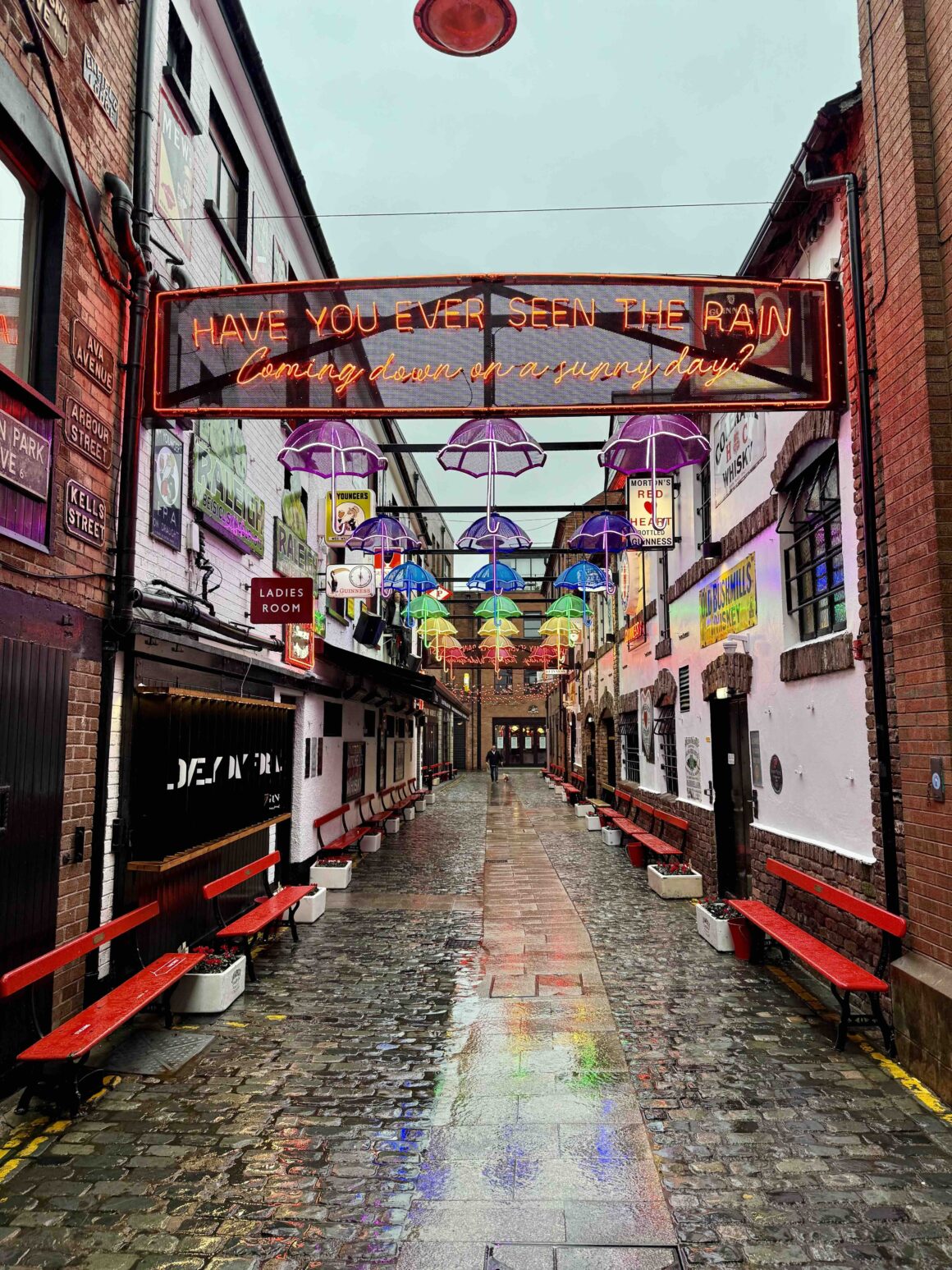Often called the “Rebel County,” Cork is a vibrant mix of rich history, colorful streets, and a strong sense of local pride. As Ireland’s second-largest city, it blends the charm of a small town with the energy of a bustling cultural hub. From the English Market’s foodie haven to the winding alleyways of Shandon, and the scenic coastal gems like Kinsale and Cobh nearby, Cork offers a unique taste of Ireland — bold, warm, and full of character.
They say that cities have characters, and this one is a brilliant brat.
~ Lisa McInerney ~
Table of Content
What to see in Cork
- Elizabeth Fort is a 17th-century star-shaped fort located in Cork City, Ireland. Originally built in 1601 and later rebuilt in stone in the 1620s, it was named after Queen Elizabeth I. The fort has served various roles throughout history—including as a military barracks, prison, and police station. Positioned on a hill, it offers panoramic views of the city. Today, Elizabeth Fort is a heritage site open to the public, providing guided tours and insights into Cork’s military and social history.
- Saint Fin Barre’s Cathedral is a prominent Gothic Revival cathedral located in Cork, Ireland. It stands on a site where Christian worship has been practiced since the 7th century, originally established by Saint Finbarr, the patron saint of Cork.
The current cathedral was designed by architect William Burges, with construction commencing in 1865. It was consecrated in 1870 and completed in 1879. Notable for its three spires and intricate sculptures, the cathedral features over 1,200 carvings, including gargoyles and biblical figures. A distinctive gilded copper “Resurrection Angel” adorns the sanctuary’s pinnacle. - Saint Patrick’s Street is the main shopping street in Cork City, Ireland. Known locally as “Pana,” it curves gracefully through the city center and is lined with popular shops, cafes, and department stores. Originally laid out in the 18th century, it has undergone several redevelopments and remains a lively hub for locals and visitors alike.
- University College Cork (UCC), established in 1845 as Queen’s College Cork, is one of Ireland’s leading universities. Located on a picturesque 42-acre campus near Cork city center, it offers a blend of historic architecture and modern facilities. UCC provides a wide range of undergraduate and postgraduate programs across four colleges: Arts, Celtic Studies & Social Sciences; Business & Law; Medicine & Health; and Science, Engineering & Food Science. With a student population exceeding 25,000, UCC is renowned for its research excellence and commitment to sustainability, being the first university to achieve the ISO 50001 standard in energy management in 2011. The university’s motto, “Where Finbarr Taught, Let Munster Learn,” reflects its deep-rooted connection to the region’s educational heritage.
- Cork City Gaol is a historic 19th-century prison located in Sunday’s Well, Cork City, Ireland. Opened in 1824, it was designed by architect William Robertson and built by the Deane family to replace the overcrowded North Gate Bridge Gaol. The prison initially housed both male and female inmates, but following the 1878 General Prisons (Ireland) Act, it was designated as a women’s prison for Cork City and County, while male prisoners were transferred to Cork County Gaol.
Throughout its history, Cork City Gaol held several notable prisoners, including Irish revolutionary Constance Markievicz in 1919, writer Frank O’Connor in 1923, and Fenian Brian Dillon in 1865. The prison closed in August 1923, and from 1927, its Governor’s House served as a radio broadcasting station until the 1950s. After a period of dereliction, the gaol reopened as a museum in 1993, offering visitors a glimpse into Ireland’s penal history. - Fitzgerald Park is a peaceful riverside park in Cork City, located near University College Cork. It features gardens, sculptures, a playground, and the Cork Public Museum. Originally the site of the 1902 Cork International Exhibition, it’s now a popular spot for relaxation and walks, connected to the city by the historic “Shakey Bridge.”
Food & Drinks
- Bunsen
- Good Hood
- Sine
- English Market
- Franciscan Well Brewery
- 5 Points
- Marina Market
